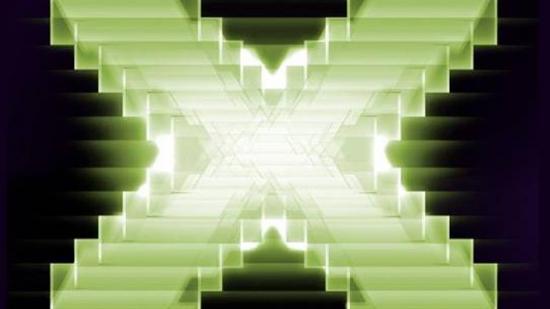“For nearly 20 years, DirectX has been the platform used by game developers to create the fastest, most visually impressive games on the planet,” say Microsoft. “However, you asked us to do more. You asked us to bring you even closer to the metal.”
Microsoft are bringing serious change to DirectX – the collection of APIs our games rely on to talk to the graphics cards in our PCs. By giving developers new and greater access to hardware, they hope to dramatically improve performance across PC gaming.
The above quote comes from the blurb for a future GDC 2014 talk entitled Evolving Microsoft’s Graphics Platform. It brings to mind AMD’s Mantle API, which purports to circumvent DirectX entirely and allow games to speak directly to your GPU. Mantle’s designed to cut some of the overhead associated with DirectX by operating at a “low level” – i.e. closer to the metal.
Microsoft’s talk of “better tools” for developers to “squeeze every last drop of performance out of your PC” suggests they might be working on something similar.
Another scheduled GDC talk, from Windows Graphics’ development lead Max McMullen, is named Direct3D Futures. Its blurb claims improvements to DirectX’s graphics API will allow next-gen games to “run faster than ever before” by offering developers an “unprecedented level of hardware control” and “reduced CPU rendering overhead”.
All of which suggests Microsoft haven’t been blind to the headline performance gains supported games have mustered under Mantle.
Meanwhile, NVIDIA’s Cass Everitt and John McDonald, AMD’s Graham Sellers, and Intel’s Tim Foley will all share a stage for a GDC presentation on how they’ve “radically” reduced driver overhead in DirectX competitor OpenGL.
In short: the PC graphics landscape is as competitive as ever – and, conversely, more cooperative than it’s ever been – and that’s bound to mean visible results for us lot on the other side of the monitor. Which is good, right?
Thanks, NeoGAF.
